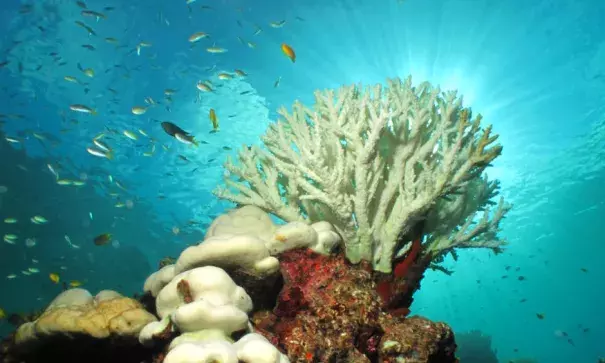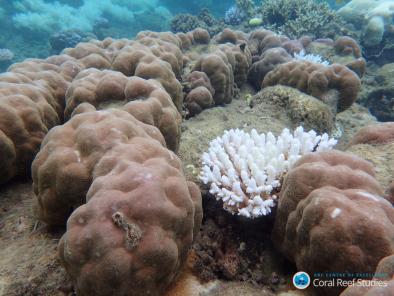Tanzania: Coral Reefs Off the Coast Are Being Destroyed, Most Beyond Repair

The Conversation Africa's Samantha Spooner asked Leonard Chauka to shares his insights into coral bleaching on Tanzania's coastline.
...
Is coral along Tanzania's coastline being affected?
Yes. For example, the 1997-1998 global coral bleaching event caused mortalities of up to 80% in some of Tanzania's reefs. This worldwide bleaching event was caused by elevated sea surface temperature due to El Nino. Sea surface temperatures were 2°C higher than average (over 30°C).
The Misali and Tutia reefs in Pemba and Mafia Islands were the most affected with about 90% of these reefs suffering coral mortality.
Normally prolonged bleaching events lead to coral mortality (deaths) because the provider of food - photosynthetic algae - is no longer there to play its role. Most of these reefs have not recovered and there is no hope for them to recover completely.
Another bleaching event occurred in 2016 between February and June along the Tanzanian coast. Like previous events, this was caused by high sea surface temperatures due to El Niño. But this one didn't cause much mortality. Few coral mortalities were observed in reefs in Dar es Salaam and Zanzibar. Most coral recovered and are now in good health.
...
What has the impact been?
Coral reefs are an important habitat for fish species as breeding grounds. As a result, fisheries have been largely affected. Fisheries statistics show a decline in fish numbers.
The statistics also show changes in fish community structure, for example herbivores increasing in abundance. This is probably due to a shift from coral dominated reef to macroalgae dominated reef. Normally coral deaths resulting from bleaching encourage macroalgae to inhabit the area quickly and take over even the few remaining patches of live coral reefs.
Coral reefs are also very important in providing coastal protection and stabilisation by reducing wave energy and mitigating both routine erosion and damage from waves associated with small and moderate storms. Current trends of climate change are accompanied by global warming, sea level rise and increased storm intensity. It will therefore be detrimental to future coastal protection to lose these reefs.
Related Content



